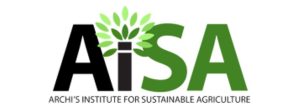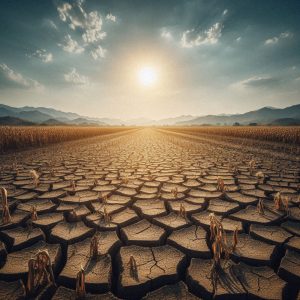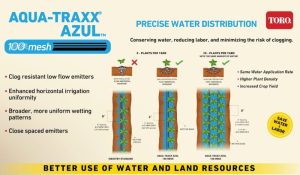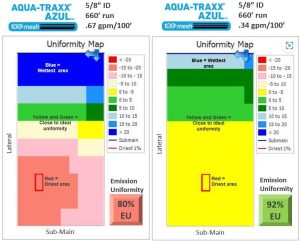Original article by the Valley Courier (Lauren Krizansky)
Once upon a time, no one thought the center pivot would work, mentioned an old Valley farmer leaving the Drip Irrigation Field Day earlier this month.
Producers gathered in both Roger Christensen and Dennis Beiriger’s experimental drip irrigation potato fields to see what happens when a tuber is watered under a controlled irrigation system installed underground. The Colorado Potato Administrative Committee (CPAC) and Rio Grande Roundtable sponsored trial proved Valley crops will grow using the system that delivers water and nutrients directly to the crop’s root and is used in many forms on an international scale, but it still needs a bit of tinkering.
Beiriger and his brothers have turned a small portion their fourth-generation family farm in Hooper into a drip tape demonstration project to prove the benefits of a drip system over a pivot system in a drought-stricken environment. The system is deliberately over-sized at their location to send the water across the road to the center-pivot sprinkler system to compare the amount of water the drip tape uses versus what the center pivot uses to water the crop. He is growing 35 acres divided between the Norkotah Selection 3 and Tabena varieties, and favors the temporary drip tape and the latter potato’s production in his sandy soil.
First runs with the drip tape turned up a few problems like installation depth and leaks, but after readjusting, the system has maintained itself throughout the growing season. There have been no sand-clogging issues due to the system’s filtration system, decreased phosphate levels are noticeable and, after some trial and error, Beiriger and Maya Ter Kuile-Miller, Cactus Hill Ag Consulting, developed a daily watering schedule meeting the crop’s basic needs, not necessarily fulfilling the entire field. The permanent drip tape struggled to irrigate the entire potato mound, which lends to an idea to combine drip tape with center pivots to ensure the field is wet enough when the tubers are planted.
“It was dry here when we started,” Miller said. “This is a true drip project. No sprinklers were used to improve the soil profile.” There was also little organic matter in the soil to act as a wicking agent, she said. If grain would have been grown last season instead of potatoes, the soil might have been more prepared to handle the new system.
Next year, Beiriger will use the system again, but in a barley trial. Miller said she believed the grain quality would improve based on the relationship between barely, irrigation and potential plant discoloration.
“Adjust your thinking,” said Jim Beirgier. “It’s a worthwhile project. I think it should expand from here.”
Christensen installed both permanent and temporary drip lines on 15 acres near Center, half of which is in permanent drip, buried 13 inches underground, and the other temporary, buried two to three inches under the soil. He is growing five acres of Norkotah potatoes, five acres of Yukon Gold, four acres of CO99 100s and one acre of Classics. The Norkotah and Yukon Gold varieties are performing the best; and he has salvaged 20 percent of his water, using less than 17 inches; applied only one fungicidal treatment versus three or four and applied only 105 units of nitrogen versus upwards of 200 on land fallowed for the last 20 years.
“You’re not going to have to use a lot of chemicals,” Christensen said.
The smaller trial experienced many of the same problems as Beiriger’s , which also included weed management. The problem inspired plans to create a rod weeder that can lift the drip tape to suppress the unwanted growth.
Although the Valley producers are experiencing water savings, drip tape is not particularly marketed for its water saving capabilities.
“It’s a production tool, not a water conservation tool,” said Netafim USA agronomist Danny Sosebee, another project sponsor. “It is the tool we are producing the crop with.”
Missed irrigations, he added , add up quick and could theoretically put a field using the system costing between $12,000 and $15,000 per 120 acres in a drought-like situation in a few days.
“Drip gives you a lot more knobs to turn,” Sosebee said. “And, it is a learning process.”




